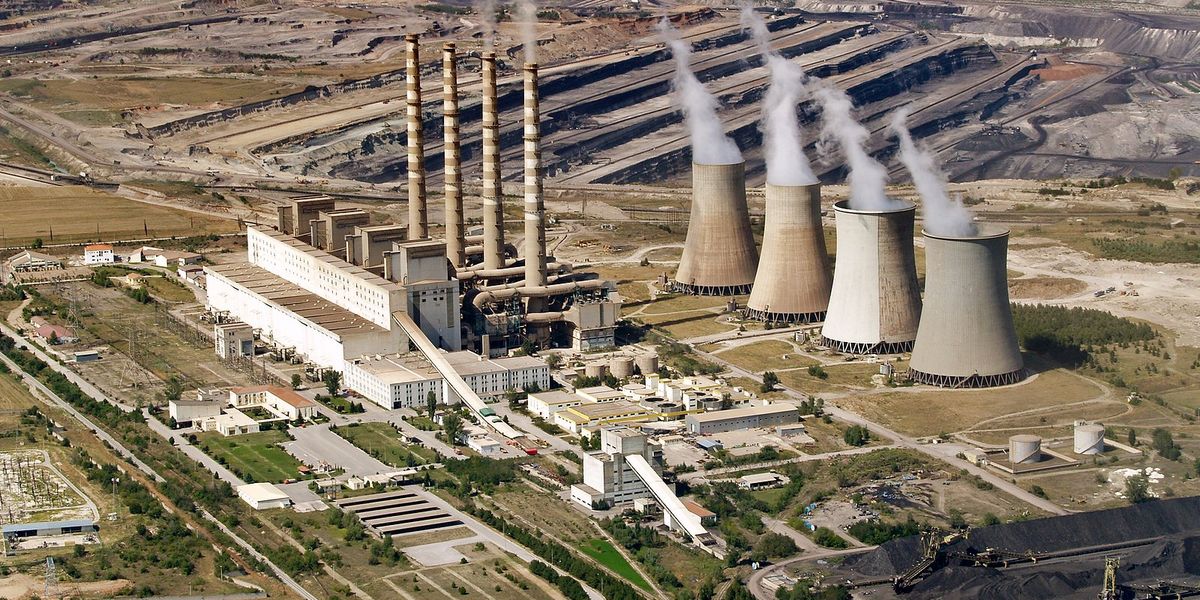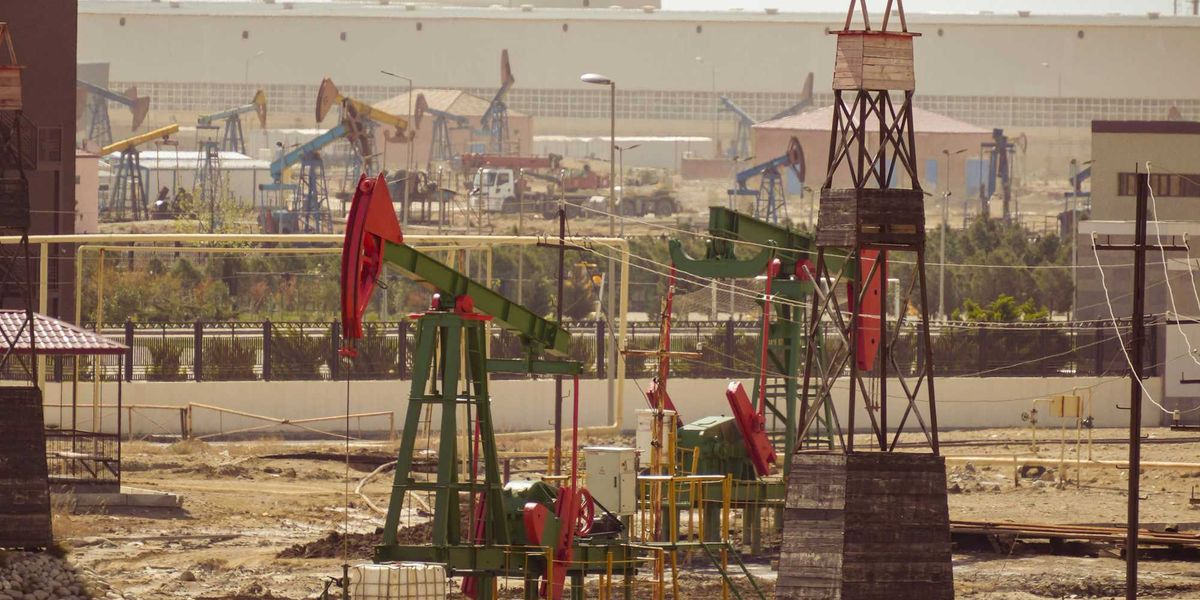Some states are falling behind on energy efficiency policies
Nearly half of U.S. states lack basic policies requiring utilities to cut energy use, leaving billions in potential savings untapped, a new report finds.
In short:
- A report from the American Council for an Energy-Efficient Economy shows that 24 states have not adopted an energy-efficiency resource standard (EERS), a policy proven to reduce energy costs and emissions.
- Some states, including New Hampshire, Ohio and Iowa, have rolled back existing standards, while others have expanded beyond basic efficiency goals to target emissions reductions and support low-income households.
- Critics argue EERS policies raise costs, but studies show they generate significant savings, with Arizona’s largest utility reporting a two-to-one return on investment.
Key quote:
"We’re saving money for all customers, even those who aren’t participating."
— Justin Brant, utility program director at the Southwest Energy Efficiency Project
Why this matters:
Energy efficiency policies have long been touted as a win-win for both the environment and household budgets. By reducing energy consumption, these measures help households lower utility bills while also slashing emissions and curbing the nation’s reliance on fossil fuels. Yet, progress has been uneven across the country. States that lag in adopting or enforcing robust energy efficiency standards risk undermining national efforts to address climate change and could leave their residents facing steeper energy costs.













